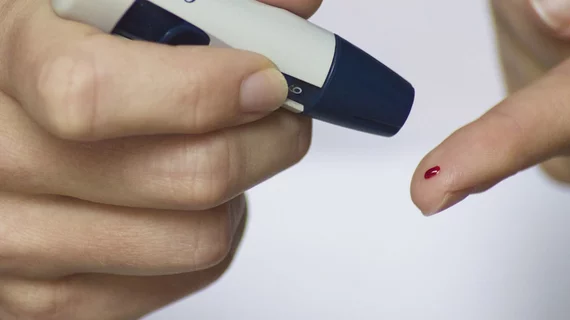Eli Lilly caps insulin costs at $35 per month
Drug manufacturer Eli Lilly has capped patient out-of-pocket expenses for insulin at $35 per month or less.
The company announced price reductions of 70% for its most commonly prescribed insulins. Specifically, Eli Lilly said Insulin Lispro Injection 100 units/mL will be $25 a vial, effective May 1, 2023. This will be the lowest-priced mealtime insulin on the market when the new price comes into effect, Eli Lilly said.
In the fourth quarter of 2023, Eli Lilly will also cut the list price of Humalog (insulin lispro injection) 100 units/mL1, Lilly's most commonly prescribed insulin, and Humulin (insulin human) injection 100 units/mL2 by 70%. Plus, the company is launching Rezvoglar (insulin glargine-aglr) injection, a basal insulin that is biosimilar to, and interchangeable with, Lantus (insulin glargine) injection, for $92 per five pack of KwikPens®, a 78% discount to Lantus, effective April 1, 2023.
The move comes after Congress capped out-of-pocket costs for insulin for Medicare beneficiaries with Part D prescription drug plans at $35 in the Inflation Reduction Act, which was signed into law last year and contained several healthcare provisions.
Insulin costs have skyrocketed over the past several years, led by drug manufacturers raising prices. The high costs have been unaffordable for many who depend on insulin daily, and the issue has caused some to ration their insulin with negative health outcomes. An estimated 34.2 million people in the United States have diabetes, according to the Diabetes Research Institute.
This is also not the first time Eli Lilly has dropped insulin prices for some of its products. The company introduced a less expensive insulin in 2019, known as Insulin Lispro Injection. Eli Lilly said the option was about half the price of its rapid-acting insulin product, Humalog. Over the years, Eli Lilly has significantly raised prices of its insulin products, and the impact on patients has been noticed by lawmakers. The per-dose price of Humalog jumped from $35 in 2001 to $325 in 2015, about a 585% increase, according to senators who penned a letter to the top three U.S. drugmakers in early 2019.
[Eli Lilly’s half-price insulin hard to obtain]
Eli Lilly’s plan also immediately caps out-of-pocket costs to $35 at participating retail pharmacies for people with commercial insurance using Lilly insulin. Those without insurance can download the Lilly Insulin Value Program savings card to receive Lilly insulins for $35 per month.
"While the current healthcare system provides access to insulin for most people with diabetes, it still does not provide affordable insulin for everyone and that needs to change," David A. Ricks, Lilly's chair and CEO, said in a statement. "The aggressive price cuts we're announcing today should make a real difference for Americans with diabetes. Because these price cuts will take time for the insurance and pharmacy system to implement, we are taking the additional step to immediately cap out-of-pocket costs for patients who use Lilly insulin and are not covered by the recent Medicare Part D cap."

